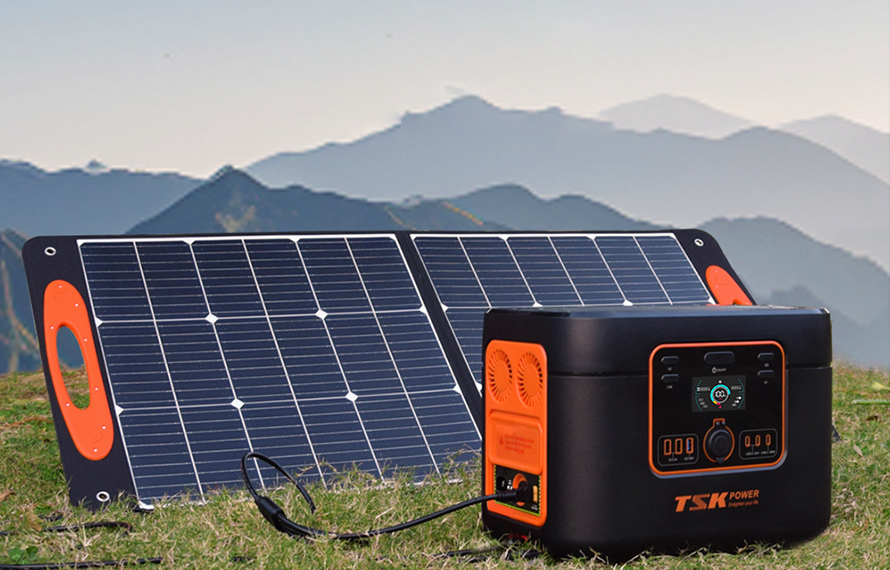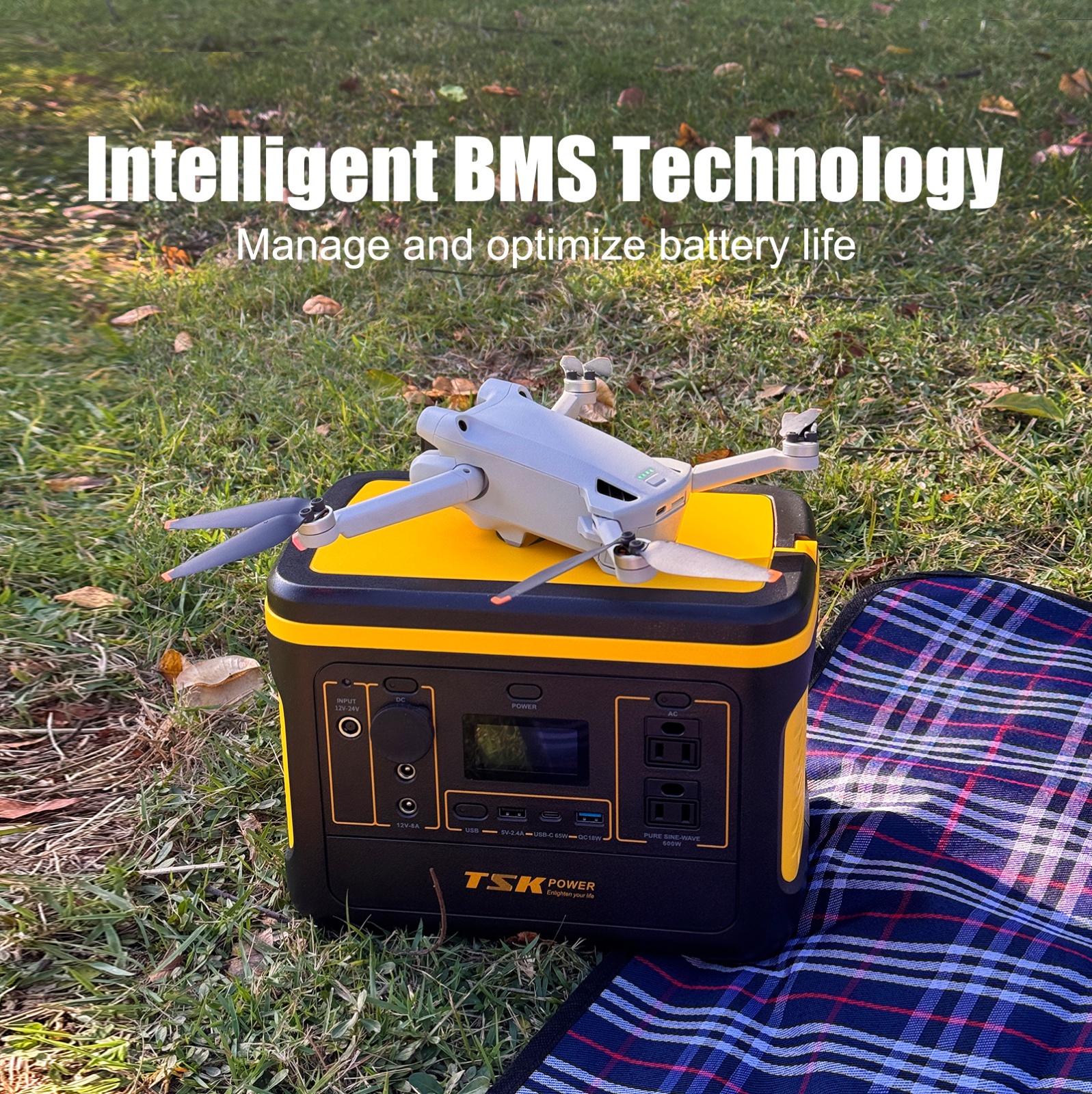
Energy storage power supply is one of the essential equipment in modern outdoor adventure and camping activities, which can provide users with enough power to drive a variety of electronic devices. However, during long periods of use, power consumption is inevitable. Therefore, it is very important to know how to calculate the amount of energy storage power supply.
Generally speaking, the amount of energy storage power supply can be calculated by capacity and voltage. Capacity refers to the amount of power that the battery can hold, usually measured in milliampere hours (mAh). Voltage is a form of electricity, usually measured in volt (V). Therefore, multiplying the capacity and voltage of the battery can get the total power of the energy storage power supply.
For example, taking the BP1002 outdoor energy storage power supply as an example, its battery capacity is 1120 WH, about equal to 1.12 KWH of electricity. The specific calculation method is as follows: current (battery current) x voltage (lithium ion voltage) x how many batteries in series = 1120 WH 1.1 kilowatt hour of which Wh indicates watt hour, it is another common unit of electricity.
It should be noted that, due to the loss of the battery and the circuit conversion efficiency and other factors, the actual power that can be obtained in use is often less than the total power. Therefore, when choosing the energy storage power supply, it is necessary to consider the quality of the battery and the quality of the circuit to ensure that enough power can be obtained.
In addition to the total power supply, the remaining power of the energy storage power supply is also very important, helping the user understand how much power is left to charge or replace the battery in time. In general, energy storage power sources are equipped with LED indicators or digital display screens to display the remaining power. When calculating the remaining power, it is necessary to understand the voltage and capacity of the battery, and calculate the charge already used through the charge and discharge curve of the battery.
In short, it is important to understand how to calculate the amount of power stored. It can help users better manage the amount of power and ensure that various electronic devices are being used smoothly in outdoor activities.
 2024-08-19
2024-08-19
























